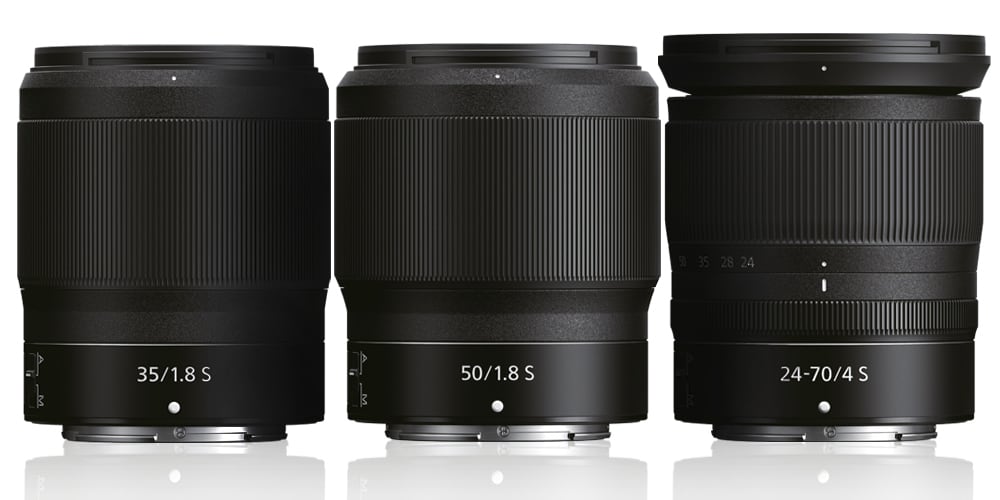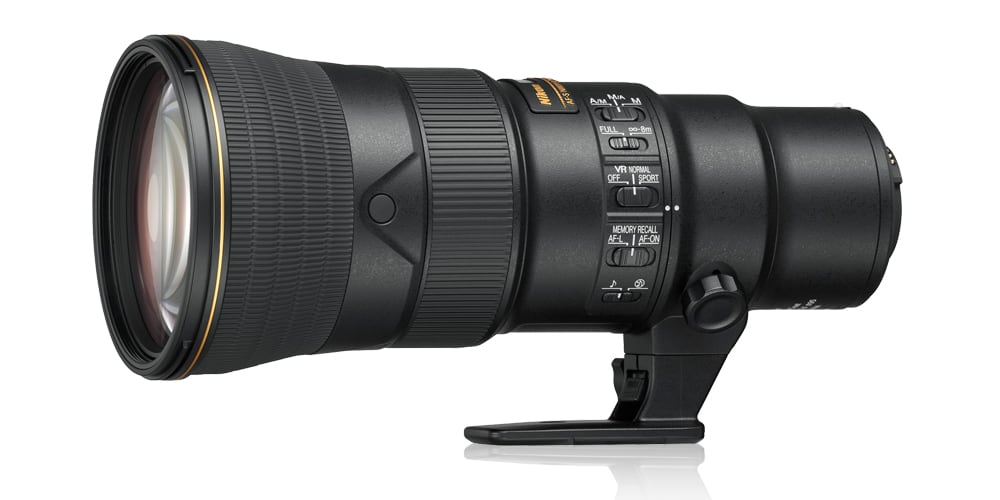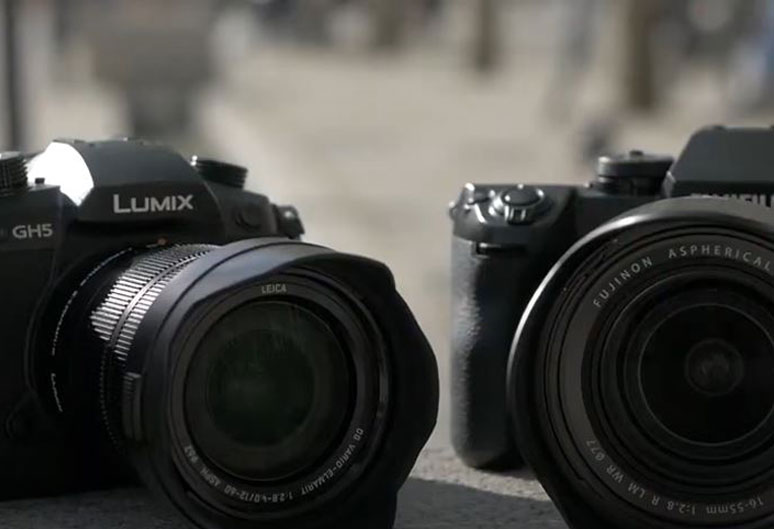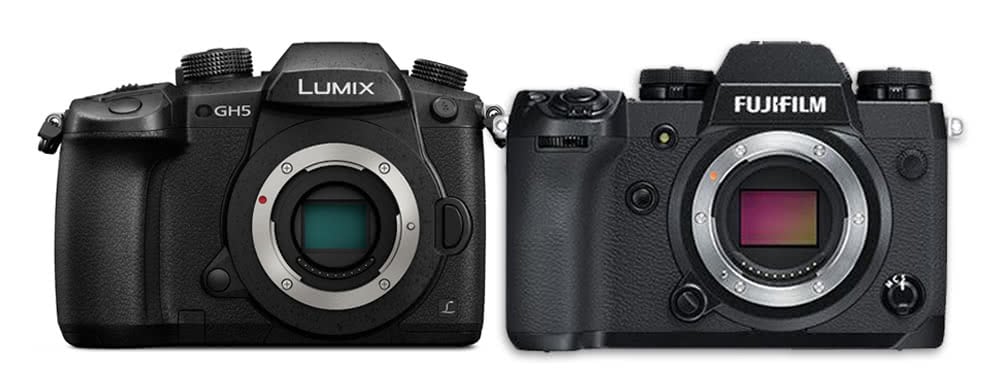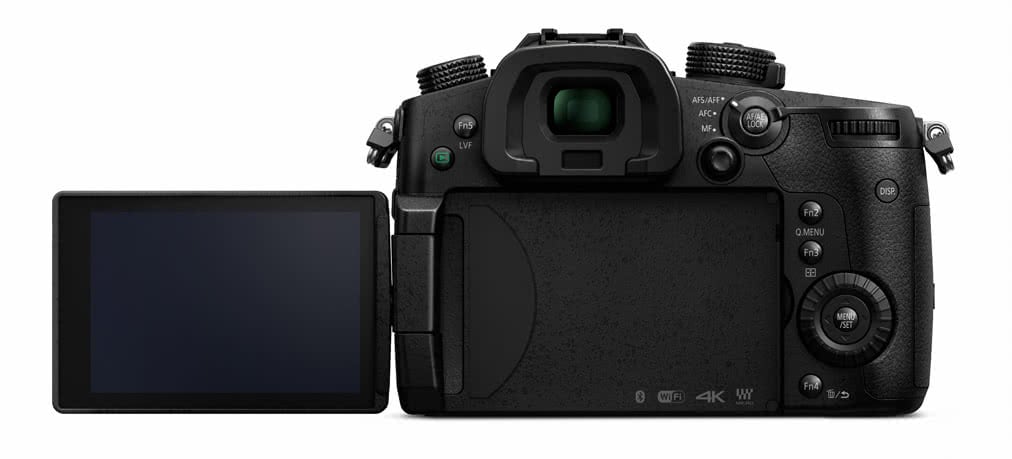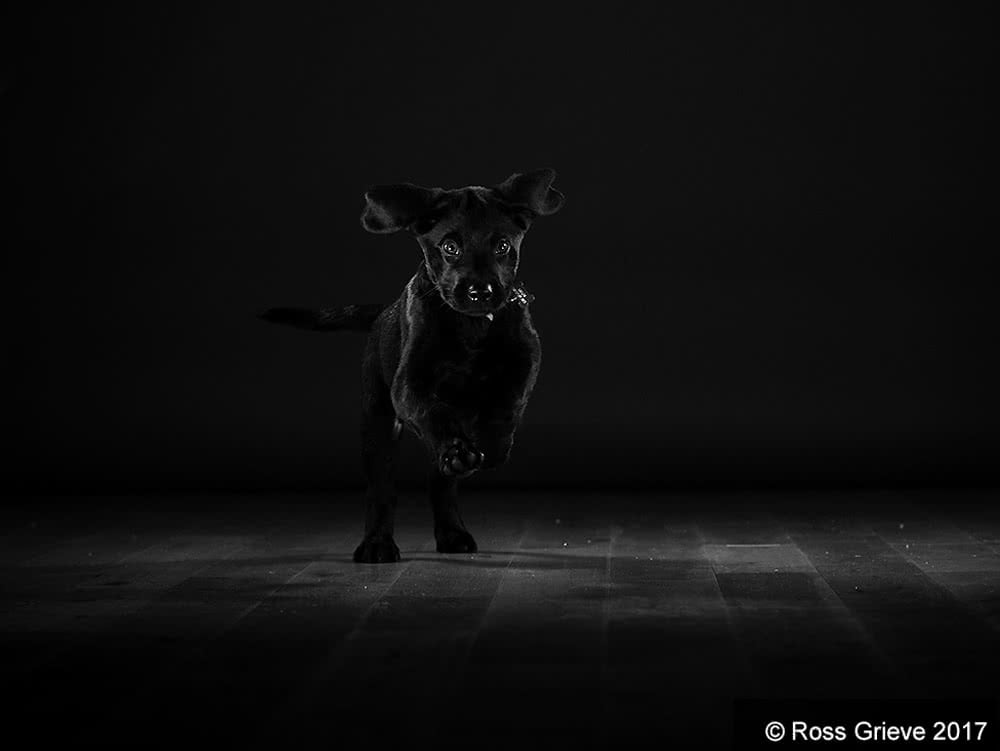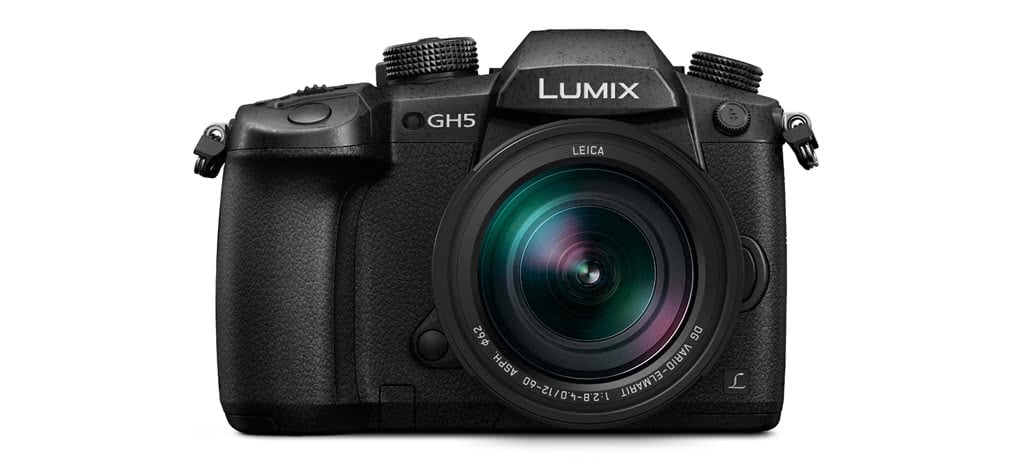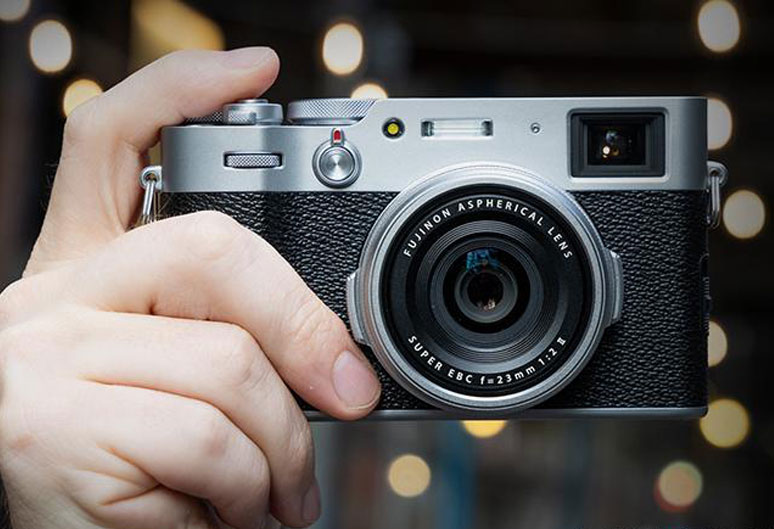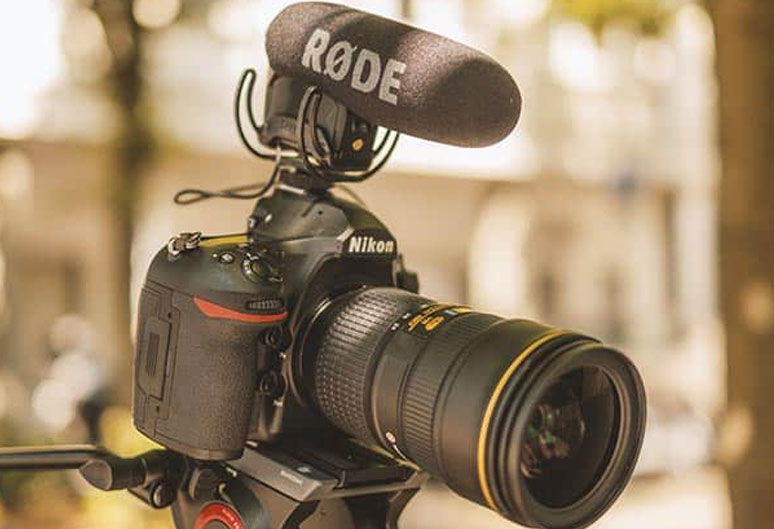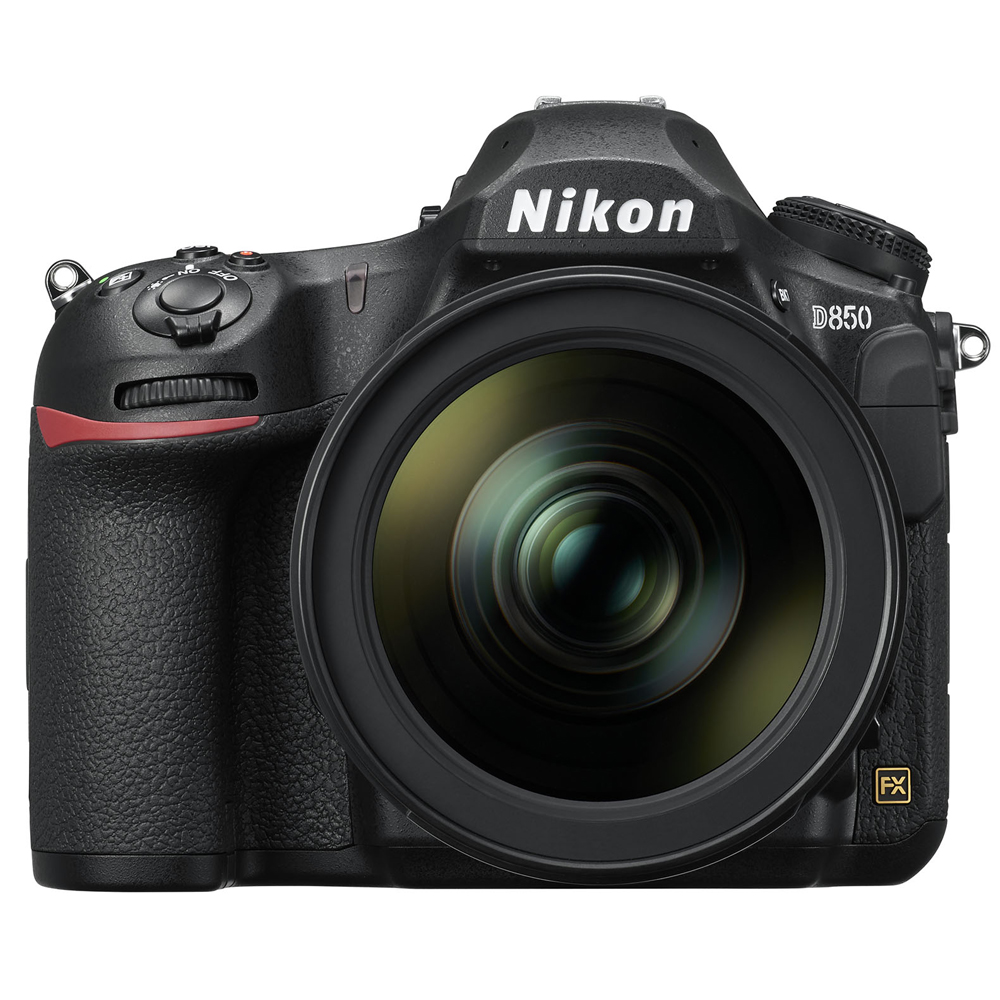Canon once again revolutionises the future of photography and filmmaking with pioneering, new EOS R System. Canon unveiled the first camera body to carry the EOS R name and RF lens mount – setting the new standard for the camera of tomorrow. The new EOS R System will once again expand photographic possibilities in countless ways. The new RF lens mount has been engineered with the perfect blend of optical, mechanical and electronic design to capture unique moments in previously impossible ways.
Canon EOS R Adding to the full frame family
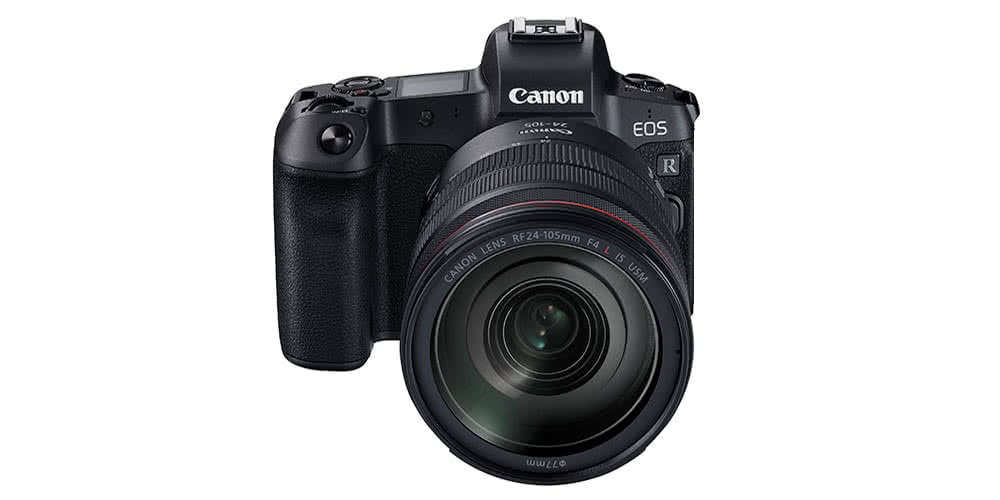
Since its inception in 1987, the EOS System has grown into the most recognised imaging system in the world. The EOS R incorporates the best from the existing system, with even greater levels of performance, lens design possibilities and creative flexibility. The new RF mount has been built on the strengths of the existing EF mount and is the result of detailed research by Canon engineers, who have designed an impressive optical system with a flange back distance of 20mm and a wide 54mm diameter lens mount – allowing for even greater freedom when designing lenses. The new mount’s 12-pin connection enables enhanced communication and power transmission between the lens and camera body, further enhancing lens design options, resulting in higher image quality and enhanced usability. With the world’s fastest autofocusi, it is also the world’s first camera with the ability to focus in light conditions as low as -6EVii and totally silent shooting, providing stunning quality results every time.
Canon breaks new ground in lens design, with the world’s lightest 400mm f/2.8 and 600mm f/4 lenses and a pioneering 32mm mirrorless lens.
The Canon EF-M 32mm f/1.4 STM – a pioneering 32mm mirrorless lens designed exclusively for the EOS M system, and the EF 400mm f/2.8L IS III USM and EF 600mm f/4L IS III USM – the world’s lightest professional super telephoto lenses in their class . Embracing the legacy of quality engendered by the EOS system, yet compatible via adapters with the new, cutting-edge, EOS R System – the considerably lighter EF 400mm f/2.8L IS III USM and EF 600mm f/4L IS III USM radically enhances ease-of-use, giving photographers the confidence to consistently deliver superior images.
.
EF-M 32mm f/1.4 STM
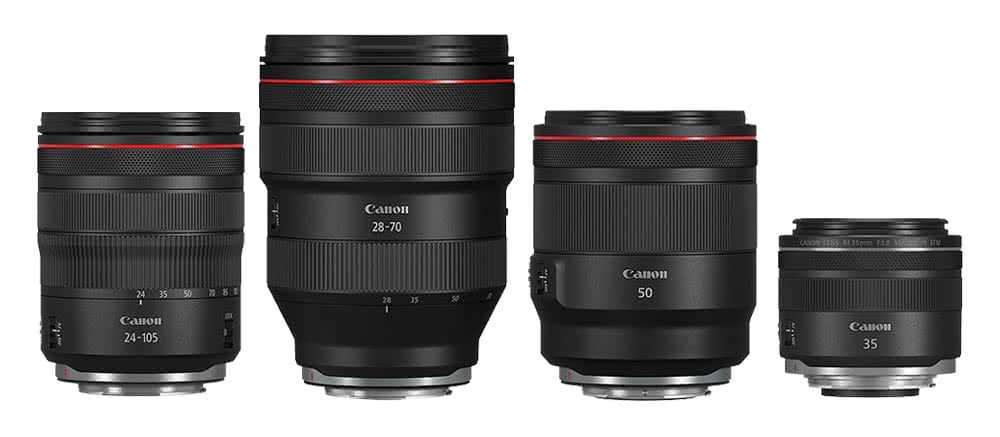
The EF-M 32mm f/1.4 STM is a premium EF-M lens designed to be fast, discreet and capable of delivering exceptional detail and clarity, making it perfect for elegant portraits, candid photography or natural looking compositions. Offering a 51mm equivalent focal length, the EF-M 32mm f/1.4 STM provides a natural perspective and a ‘normal’ field of view, close to the perspective of the eye. This helps to bring candid images to life, with realism and detail, as they look natural and spontaneous. A wide f/1.4 aperture allows highquality images to be captured with excellent depth-of-field control or to shoot in challenging low-light conditions
EF 400mm f/2.8L IS III USM and EF 600mm f/4L IS III USM
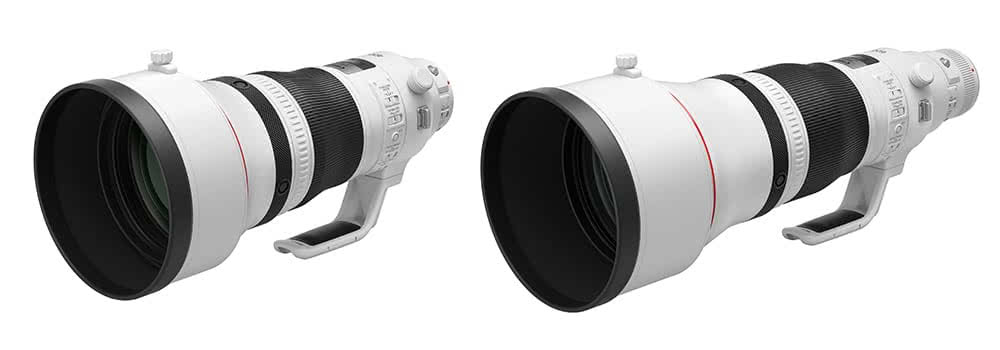
These two new telephoto lenses encompass a revolutionary combination of ultra-high performance and lightweight design. The EF 400mm f/2.8L IS III USM and the EF 600mm f/4L IS III USM are the world’s lightest 400mm f/2.8ii and 600mm f/4 lenses III, making them ideal for action and wildlife photography. Thanks to five-stop Image Stabilizer (IS) technology, their game-changing weight and the portable design, both lenses allow photographers to achieve professional performance with the confidence to shoot handheld, as camera shake, and subsequent blurring, are significantly reduced.
For more information, contact sales on 020 7582 3294 or email sales@fixationuk.com

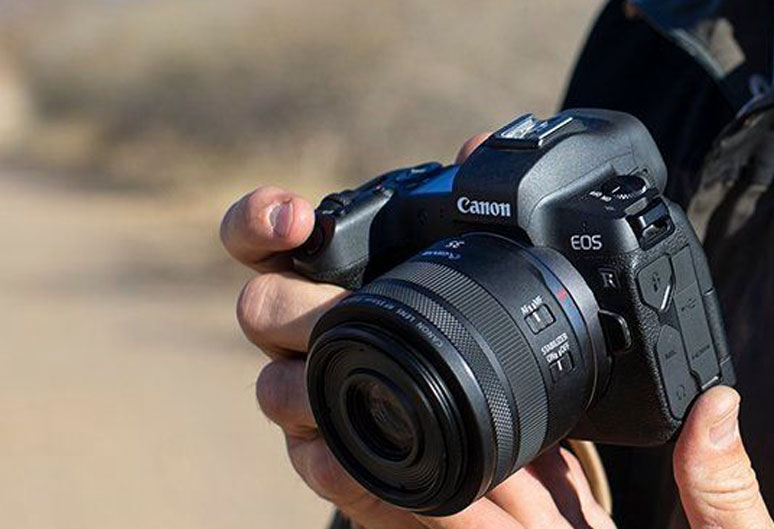
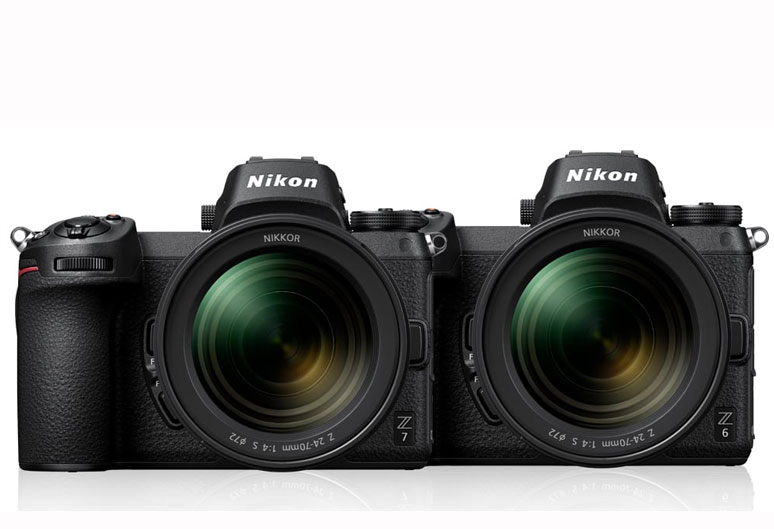
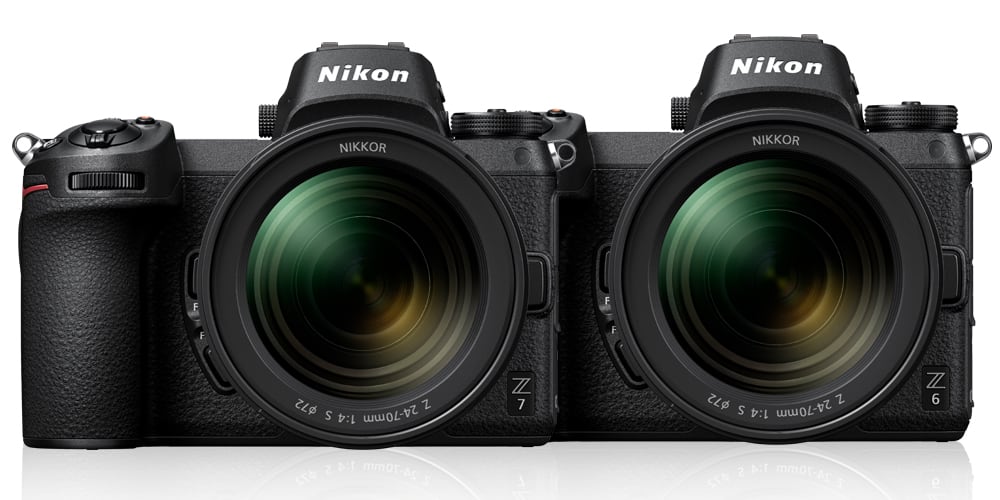 The Z mount system is comprised of mirrorless cameras featuring a new, larger-diameter mount, as well as compatible NIKKOR lenses and accessories. This system has been realised through the pursuit of a new dimension in optical performance. It has inherited Nikon’s tradition of quality, superior imaging technology, great operability, and high reliability, all innovated from its digital SLR cameras.
The Z mount system is comprised of mirrorless cameras featuring a new, larger-diameter mount, as well as compatible NIKKOR lenses and accessories. This system has been realised through the pursuit of a new dimension in optical performance. It has inherited Nikon’s tradition of quality, superior imaging technology, great operability, and high reliability, all innovated from its digital SLR cameras.